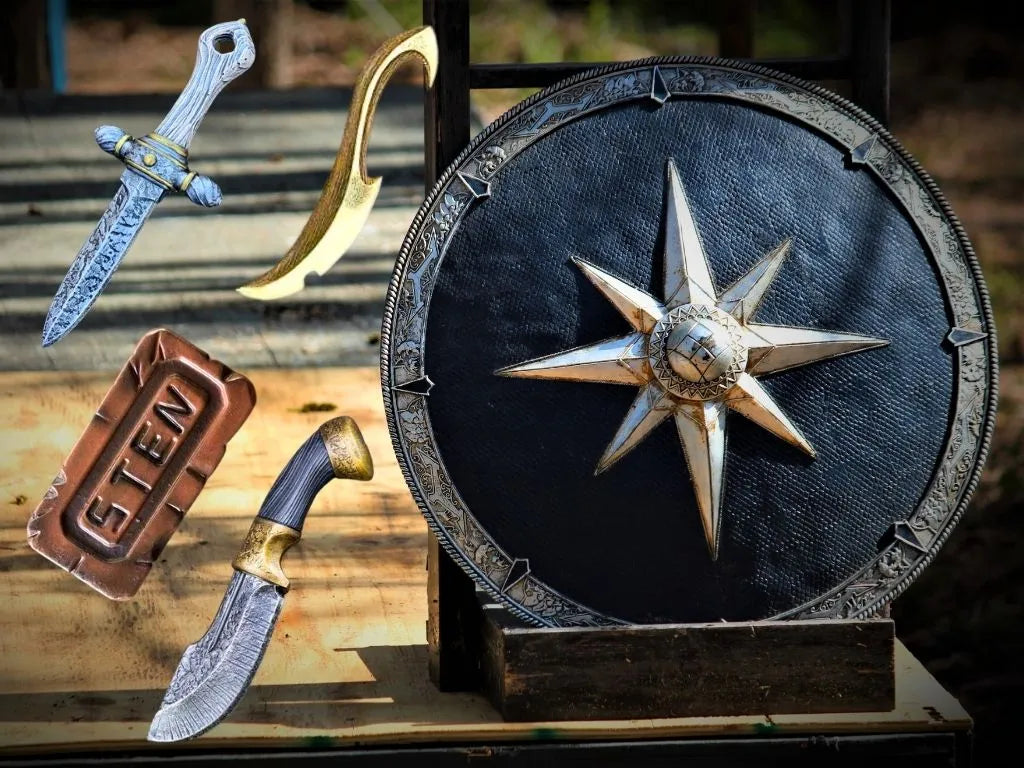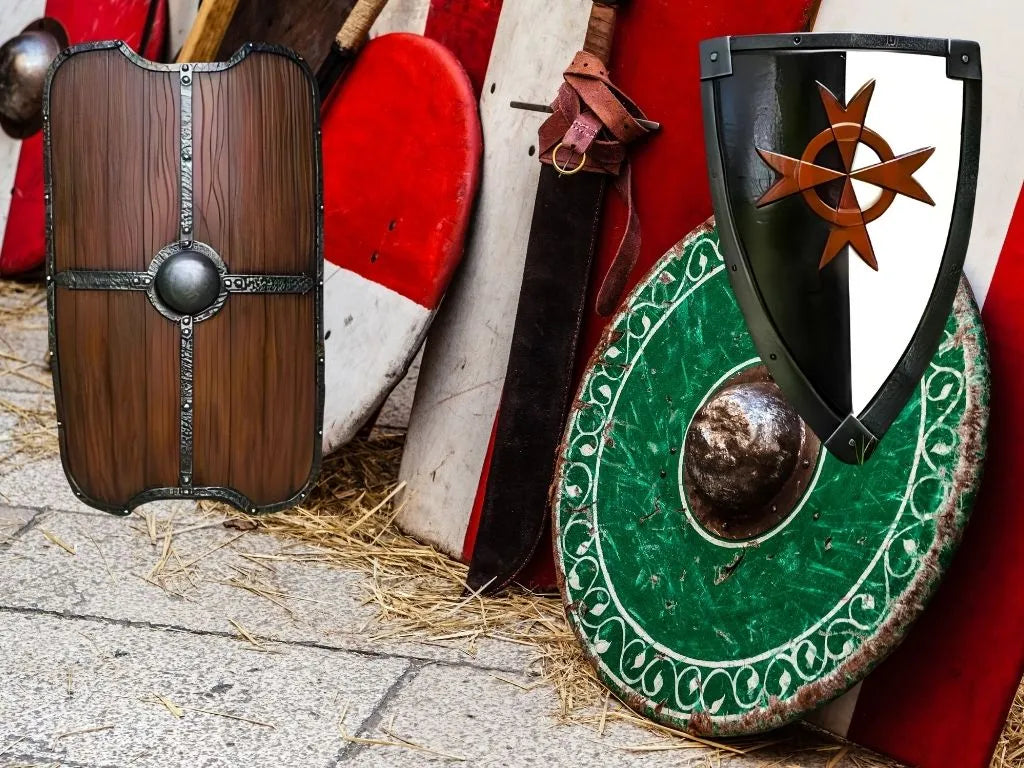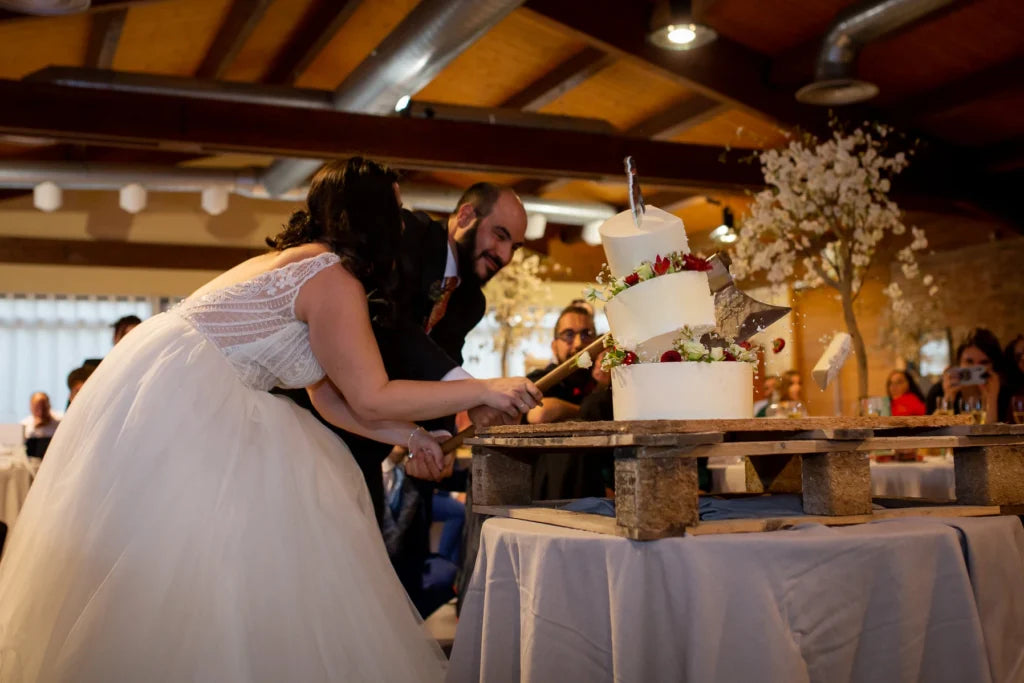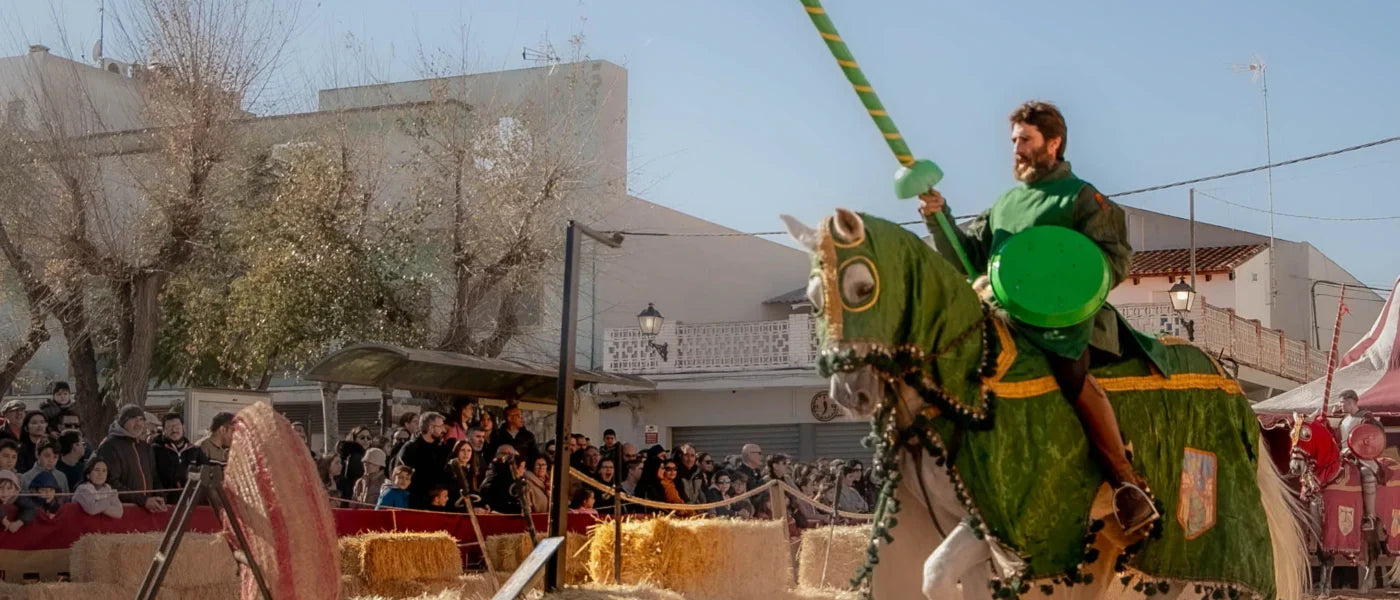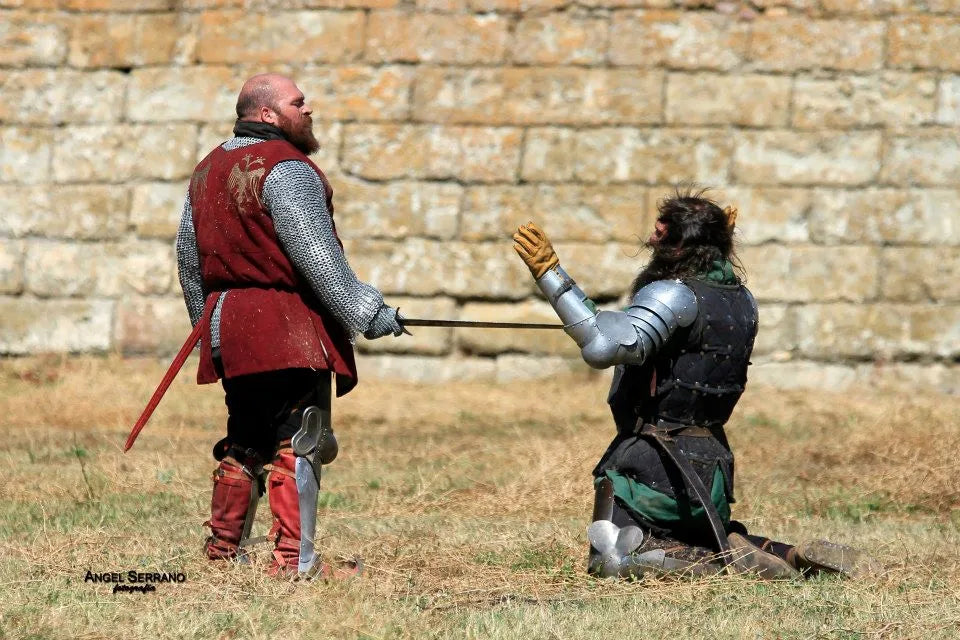Hello everyone!
In this blog of EspadasYMás, we embark on a fascinating journey through time to discover the origins of Valentine's Day . We will explore the ancient traditions of Imbolc and Lupercales , and how these pagan festivals have some connection to the celebration we know today.
For Valentine's Day, we have incredible offers and discounts on our website , from 20 to 50 percent, yes yes you heard right, items at half price and discount codes, don't think twice and go to Espadasymas.com!
In fact, if you are still hungry for more, we bring you a couple of recommendations about products from our website that will surely delight many:

Imbolc: The light that returns
At the beginning of February, the ancient Celts celebrated Imbolc, a festival that marked the beginning of lactation in sheep and the arrival of spring. Offerings of milk, bread and beer were prepared, and seeds were blessed for the next planting. Imbolc was a festival of light, hope and renewal, and was deeply linked to the Celtic goddess Brighid, goddess of poetry, healing and forging, linked to fire. (Later, after the Christianization of Ireland, she would be known as Saint Brigid of Kildare.)
Check out our best-selling products!
Lupercalia: Sensuality and fertility in ancient Rome
From February 13 to 15, the city of Rome was transformed by the celebration of Lupercalia. Young Roman men, known as Luperci, ran through the streets whipping women with goatskin straps in a ritual to increase fertility. It was not an act of violence, but a ritual to increase the fertility that women sought, a party full of mischief and sensuality, especially for these young men.
The festival, full of mystery and sensuality, honored Lupercus, god of fertility and protector of flocks.
Our swords!
From pagan festivals to Valentine's Day: A cultural transformation
With the arrival of Christianity, Lupercalia was banned by Pope Gelasius I in 494 as pagan and licentious. Instead, February 14 was established as the day of St. Valentine, a priest who had been martyred for performing secret marriages.
Behind the figure of Saint Valentine lie the stories of three Italian saints with the same name, all of whom died on 14 February in the 3rd century. One of them met his fate in Africa, another was beheaded by order of the Emperor Claudius II, and the third, a bishop of Terni, also suffered the same fate at the hands of the emperor.
The legend we know of, that of the brave priest who defied Emperor Claudius II by secretly marrying couples, seems to be an amalgamation of the stories of these three Valentinis. However, there is no historical evidence to confirm that any of them performed actions that directly link them to romantic love.
Valentine's Day: Beyond romance
Although today Valentine's Day is mainly associated with romantic love, this was not always the case. During the Middle Ages, friendship and affection in general were celebrated, with letters and gifts being exchanged between family and friends. It was in the 19th century that the holiday took on a more commercial and romantic character.
How will you celebrate Valentine's Day?
Today, the celebration of Valentine's Day continues to evolve. Each person can give a personal meaning to this day, whether celebrating with a partner, with friends, family or even by themselves. The important thing is that it is a genuine expression of love and affection.
Happy celebration to all!
Did you enjoy this journey through the history of Valentine's Day?
Feel free to share your comments, opinions and enjoy our offers!





